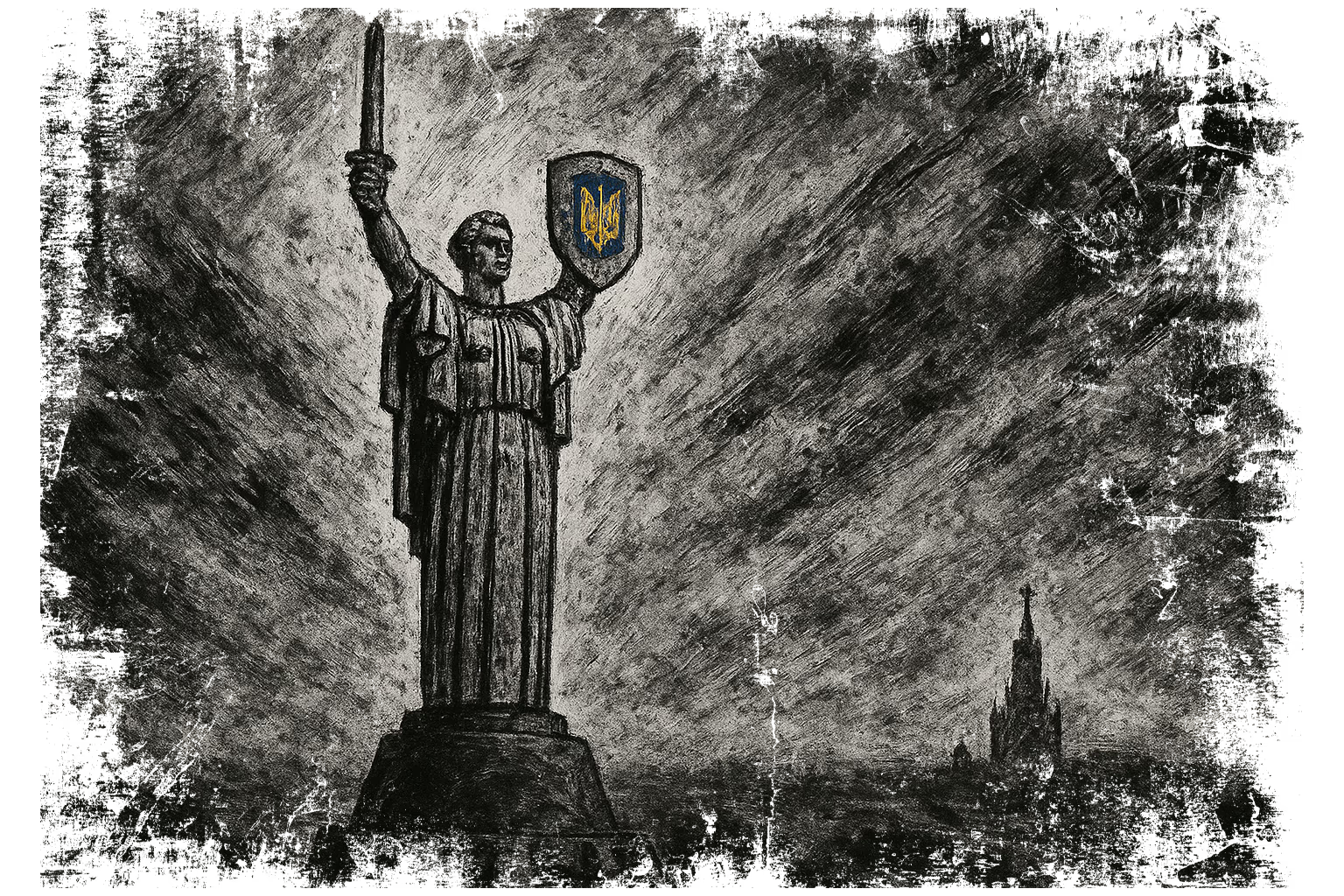The memory of World War II is less often a lesson—and increasingly a weapon. A war that ended eight decades ago is now used to legitimize new conflicts, from parades to invasions. For Russia, it is a sacred myth that justifies any aggression. For Ukraine, it is a battlefield for identity and the freedom to define itself. World War II is once again dividing the continent—not by borders, but by meaning.
Act I. Memory as a Battlefield
When Vladimir Putin calls the war against Ukraine a "continuation of the great patriotic war," he is not speaking in metaphor. It is not a figure of speech—it is a strategy. In Russian politics, the memory of World War II is not a moment for mourning or a lesson in history. It is a justification.
Through the imagery of Victory, the Kremlin legitimizes everything—from the annexation of Crimea to the invasion of Donbas and the mass bombardment of Ukrainian cities. The more Russia leans on the memory of 1945, the more urgently Ukraine is forced to distance itself from it.
This is not merely a regional dispute. On May 1, 2025, U.S. President Donald Trump proposed renaming May 8 as "Victory in World War II Day," and November 11 as "Victory in World War I Day." He stressed that the United States had "done more than any other country" to secure those victories. Though the order has yet to be signed, the gesture itself is telling: memory is becoming a tool of geopolitical competition. Whoever claims victory in the last war gets to define the terms of the current one.
If you don’t remember on your own terms, you risk being remembered on someone else’s.
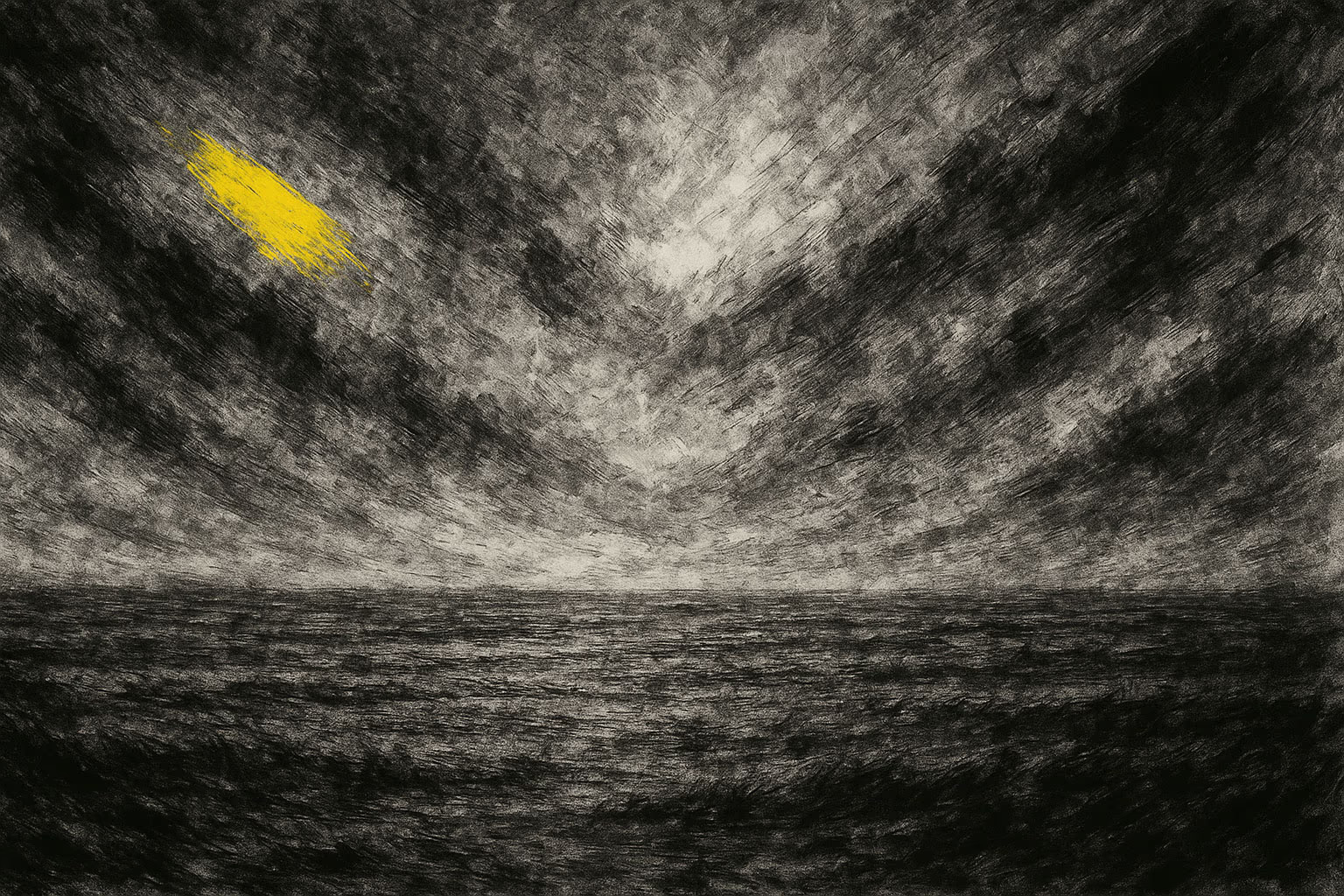
Act II. A War in Which Ukraine Was the Center
Amid ideological battles, the facts must not be lost. World War II did not merely pass through Ukraine—it unfolded with Ukraine at its epicenter. The country was home to key front lines, among the first targets of the Wehrmacht’s offensive, and the site of the largest battles of the Eastern campaign.
The Battle of Kyiv in 1941 was the largest encirclement in human history. By various estimates, over 600,000 Soviet soldiers were trapped near Kyiv—most of them native Ukrainians. Under the command of Semyon Timoshenko, the most prominent Ukrainian marshal, the Red Army attempted to halt the advance of four German armies. It tried—and it failed. The defeat was one of the most catastrophic—and it was precisely what made the victory, four years later, so costly and profound.
During those months, Ukraine fought and bled. Of the Ukrainian SSR’s 41 million residents, around 7 million never returned. Nearly 2 million were soldiers. The rest—civilians—were executed, starved, burned alive in their villages, or perished in camps. The Holocaust was part of this toll. At Babyn Yar, on the outskirts of Kyiv, over 33,000 Jews were shot in just two days in September 1941.
But it was not only losses that defined Ukraine’s contribution to the war. Before hostilities began, the Ukrainian SSR was the industrial and agricultural heart of the Soviet Union—producing up to 60% of its coal and nearly half its electricity. Metal, machinery, grain—Ukraine supplied it all to the front. Many factories were evacuated, yet continued operating even in exile.
Resistance was not confined to the army. Ukrainian partisans had been active since 1942, using forests and mountains as their base. The raids of Sydir Kovpak became a symbol of defiance. The UPA fought for independence—against both the Nazis and Soviet power. This history was not simple. But it was Ukrainian.
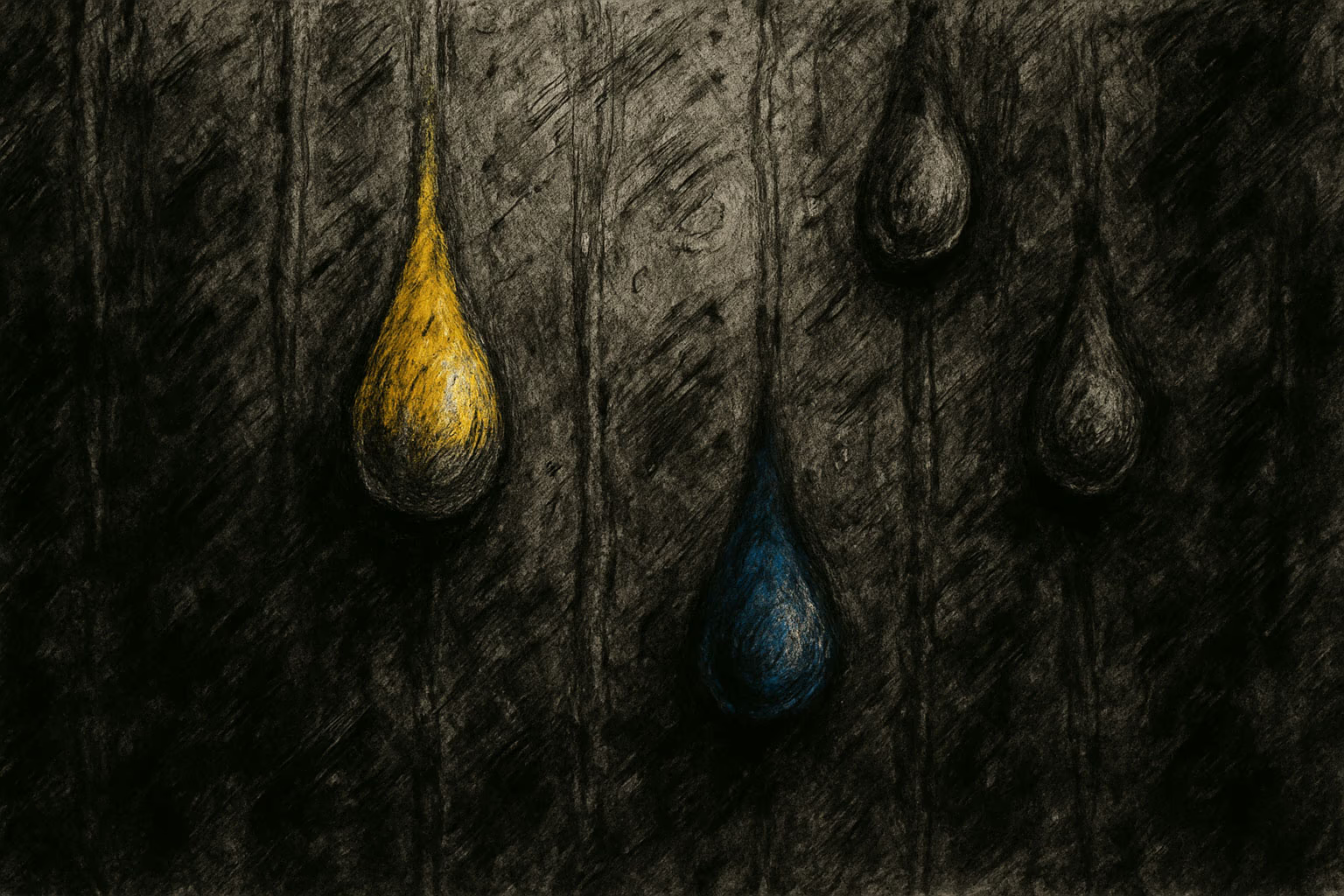
Act III. Who Claimed Victory
After 1945, the Soviet Union appropriated Victory, turning it into the foundation of state mythology. Following the USSR’s collapse, Russia inherited that legacy—and in the 21st century, has weaponized it as a tool of foreign policy.
In television programs, school textbooks, parades, films, and even comic books, the war is portrayed as sacred and indivisible. The St. George ribbon, the Immortal Regiment, red flags with the hammer and sickle—all these serve less to preserve memory than to manipulate it. As Putin has put it himself: "We are continuing the mission of those who defeated fascism." His logic is simple: if the USSR was victorious then, Russia has the right to act now—even if the enemy is not Germany, but Ukraine.
In this narrative, Ukraine is the traitor. Its soldiers are "heirs to Hitler," its government "Nazis," its society "insufficiently de-Nazified." Video mashups blending footage from the 1940s with today’s war scenes reinforce the message: history is repeating itself. Russia is once again saving the world.
Historians and Western analysts call this interpretation absurd. Professor Timothy Snyder notes: "Only a German can be a Nazi." The concept of "denazifying Ukraine" makes no historical sense—it functions only as a propaganda device. The European Parliament, in multiple resolutions, has condemned the use of World War II memory to justify a new war. But within Russia, the narrative holds—especially among older generations raised on Soviet films and tales of heroism.
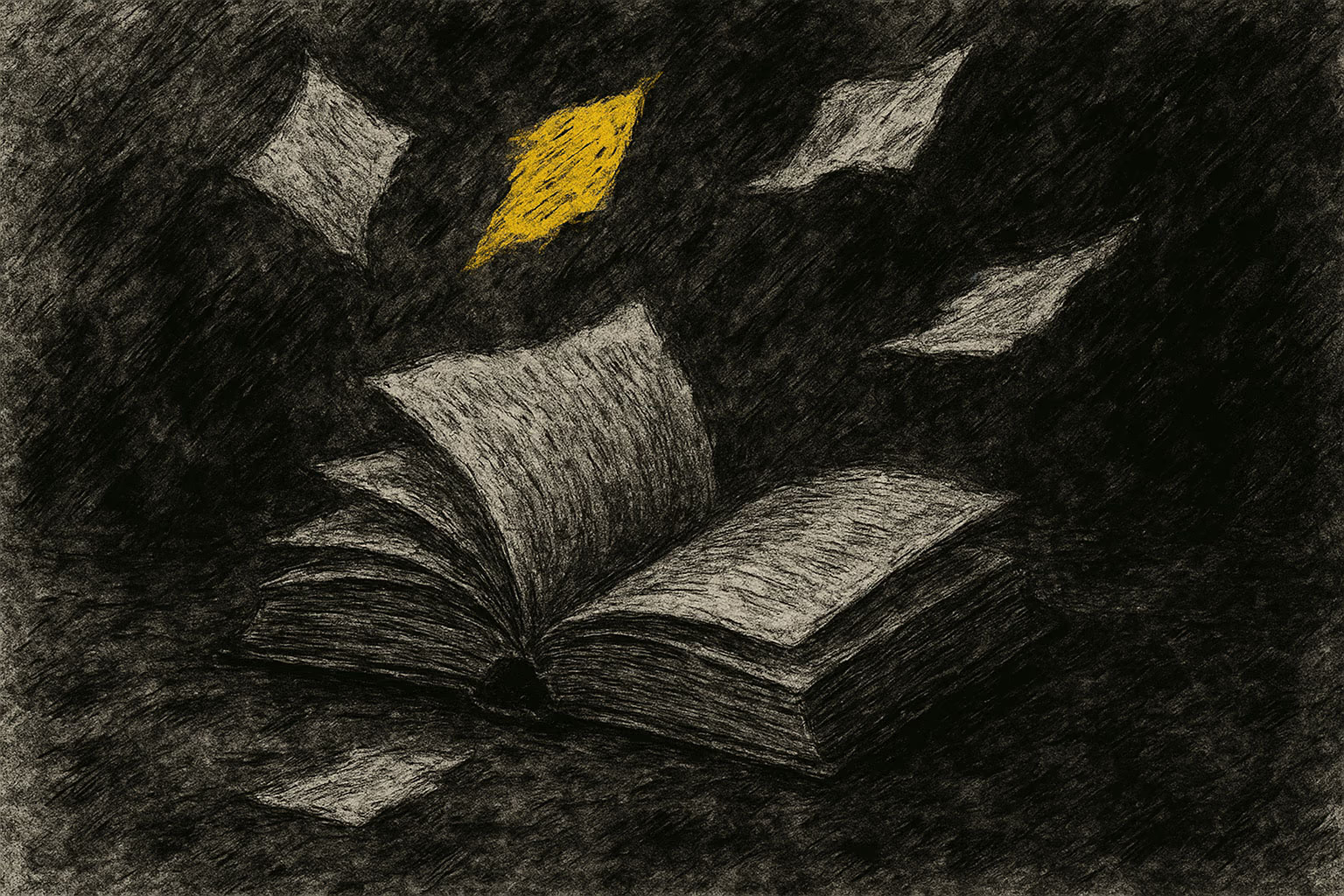
Act IV. The Return of Memory
In Ukraine, a different kind of work is underway—not the erasure of memory, but its recovery. Not the rejection of heroes, but an attempt to understand who they truly were.
Since 2023, Victory Day has been moved to May 8, in line with European countries. May 9 now belongs to the past—not as a date, but as a symbol. The Immortal Regiment is banned as a tool of foreign influence. Monuments are less often dismantled than reinterpreted. Plaques no longer say only "from the Soviet people," but include names, stories, context.
Yet sometimes, as foreign myths are removed, something of Ukraine’s own story is lost as well. The sacrifice of millions of Ukrainians who fought under the red banner fades from view—as if they fought at the wrong time, under the wrong flag, in the wrong army. But they were there. They died. They helped win the war. Forgetting them makes room for someone else’s narrative.
Today’s Ukrainian soldiers at the front sometimes recall ancestors who fought the Nazis. And often in the same spirit—not with slogans, but with quiet resolve. The enemy is different, but the purpose remains the same: Ukrainian freedom, land, and home. In 2022, Kyiv mayor Vitali Klitschko compared the defense of the capital to the Battle of Stalingrad. Not as mimicry, but as a way to offer people moral and historical footing.
Memory can no longer fit into a single portrait. It now holds Red Army soldiers, partisans, victims, and those who fought for independence. This is not compromise—it is maturity. Because if Ukraine rejects everything linked to the Soviet era, it risks losing what rightfully belongs to it.
On the streets of Kyiv, people say: "The Motherland Monument should be turned—not westward, as it faces now, but east. So it stares directly at Moscow." A joke, perhaps—but not without meaning. Memorials live when they are reinterpreted. Blind reverence turns them into idols. Reinterpretation gives voice to the living.
As historian Ian Garner notes, Ukraine is using memory as an act of nation-building—on its own terms, with its own heroes, and its own pain. That is what makes it vulnerable—and therefore valuable.
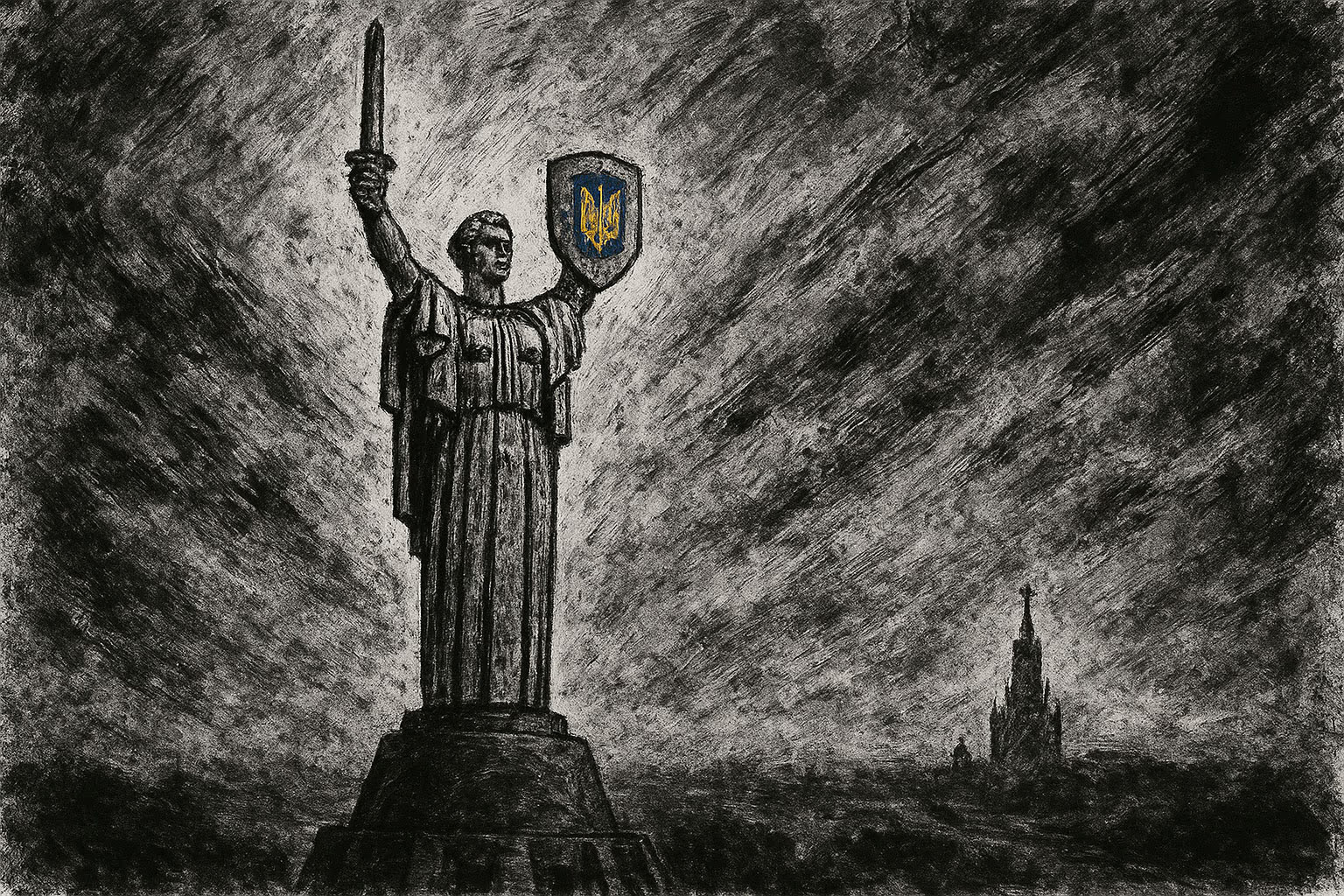
Finale. Who Will Tell This Story
While red flags march through Moscow and Europe debates the renaming of commemorative dates, Ukraine is trying to retell its own history. Not to reject the past, but to reclaim it.
Victory over fascism is not only about 1945. It is also about 2022. And perhaps 2025. Victory is not only parades. It is what descendants remember—and what they believe in. Ukraine is fighting for the right not to be a footnote in someone else’s history book, but a chapter of its own.
If its voice is not heard, someone else’s will be. If its memory is not integrated into the shared one, it will become foreign to the world. And today—eighty years after that war—one thing is clear: the war for memory is real. And in this war, defeat does not mean being forgotten. It means a new kind of occupation. One that takes place in the mind.
Echoes of War
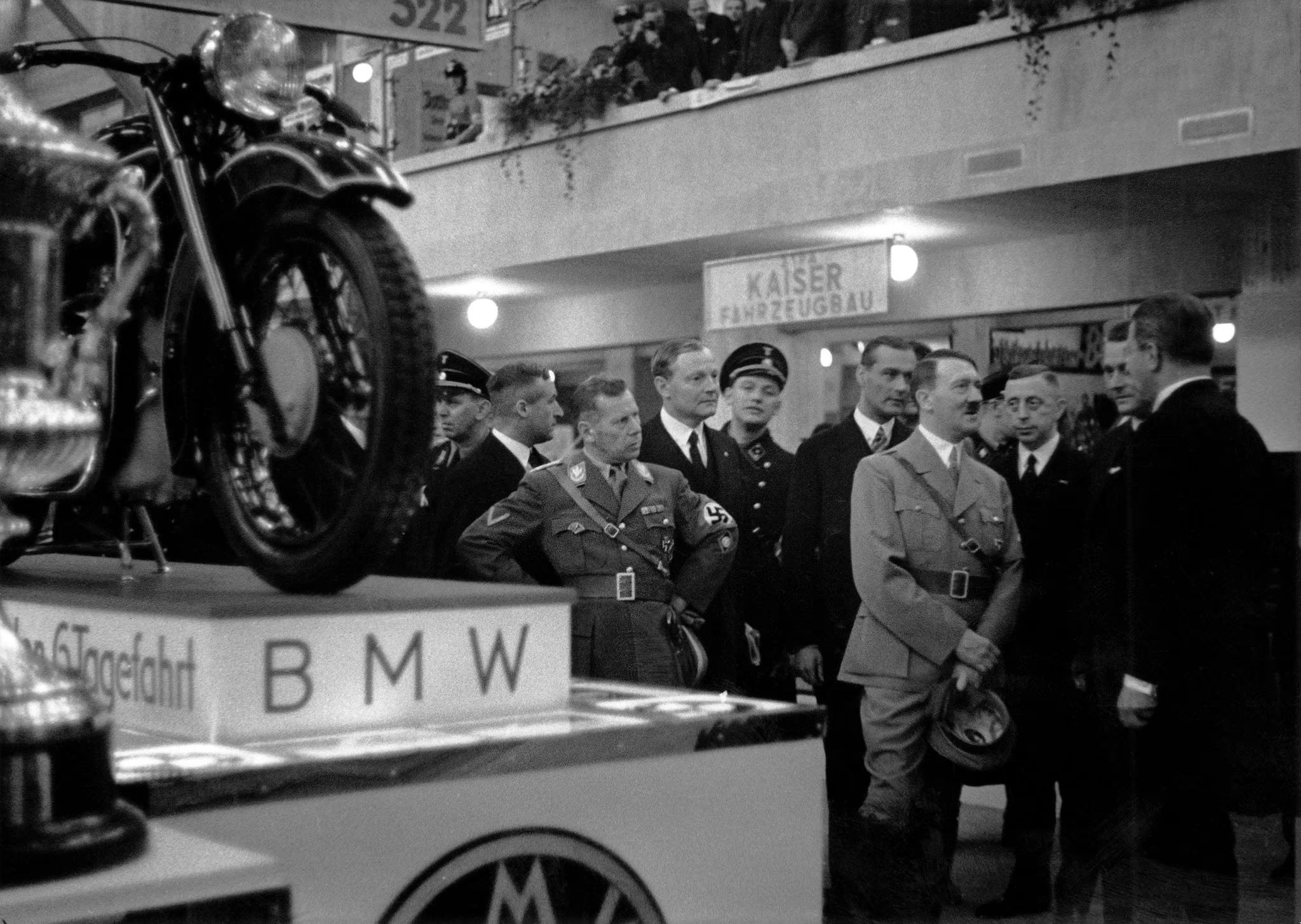
"Too Many Remained Silent and Looked Away"
BMW, Bayer, Volkswagen, Siemens and 45 of Germany’s Largest Companies Acknowledge Responsibility for Hitler’s Rise to Power

